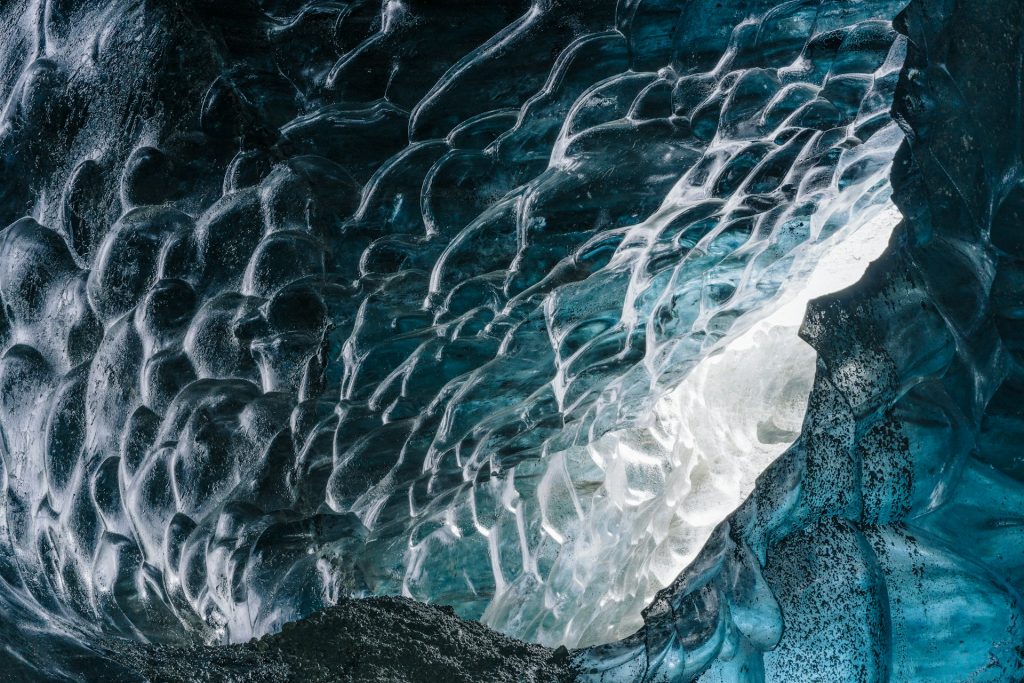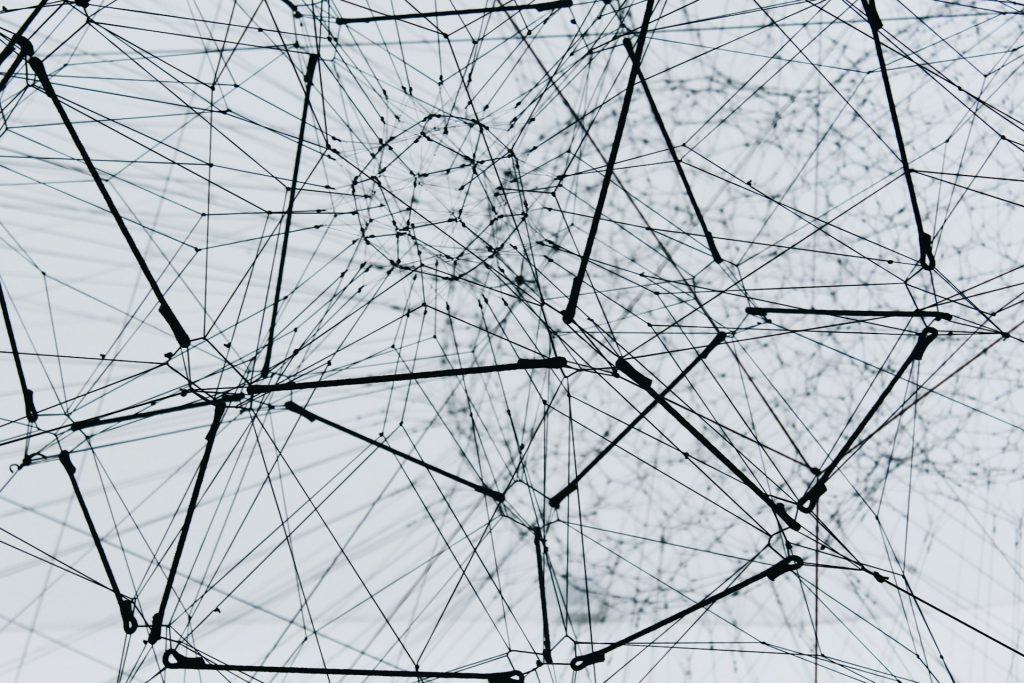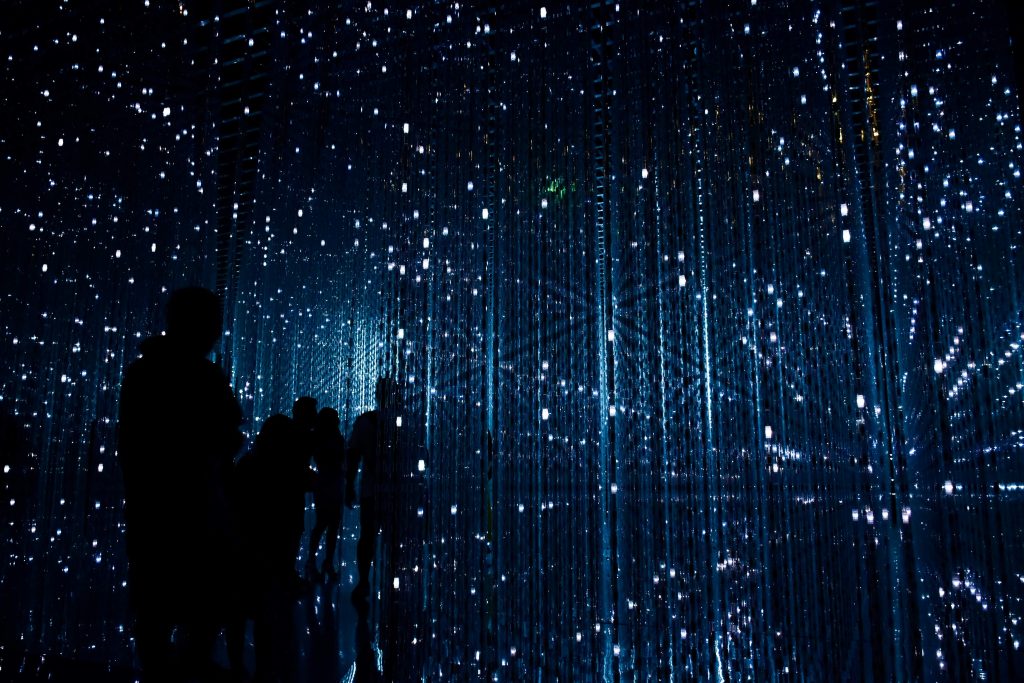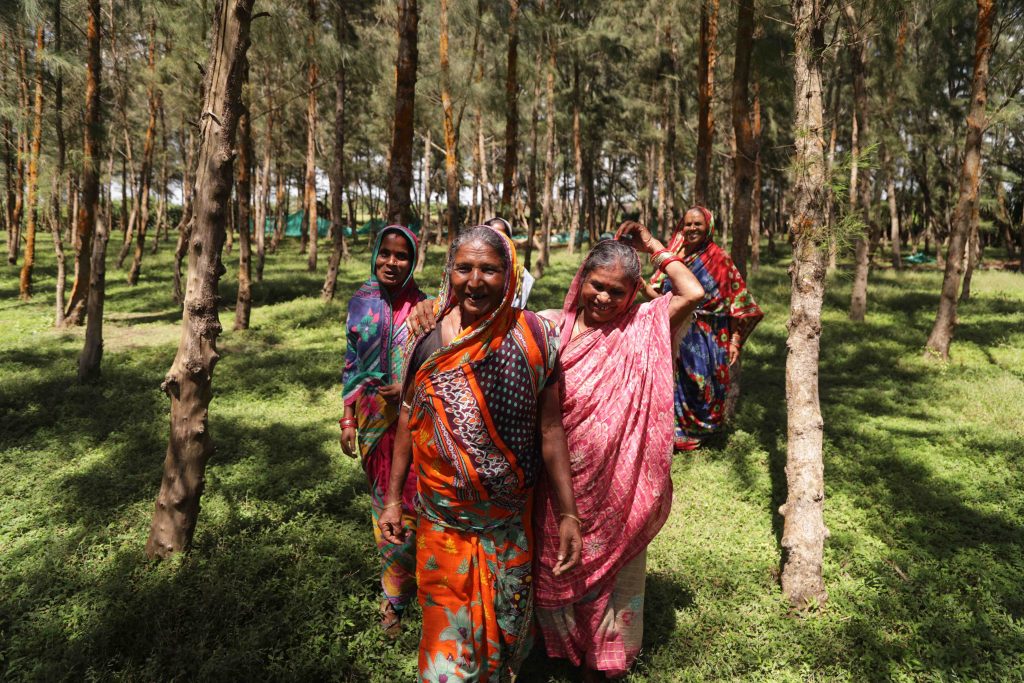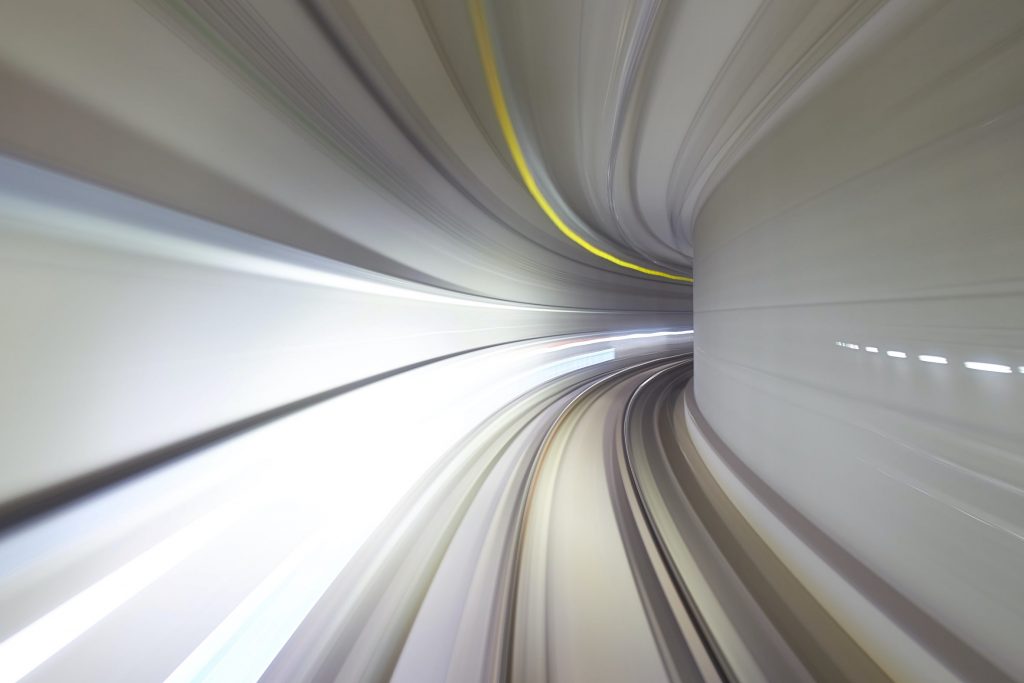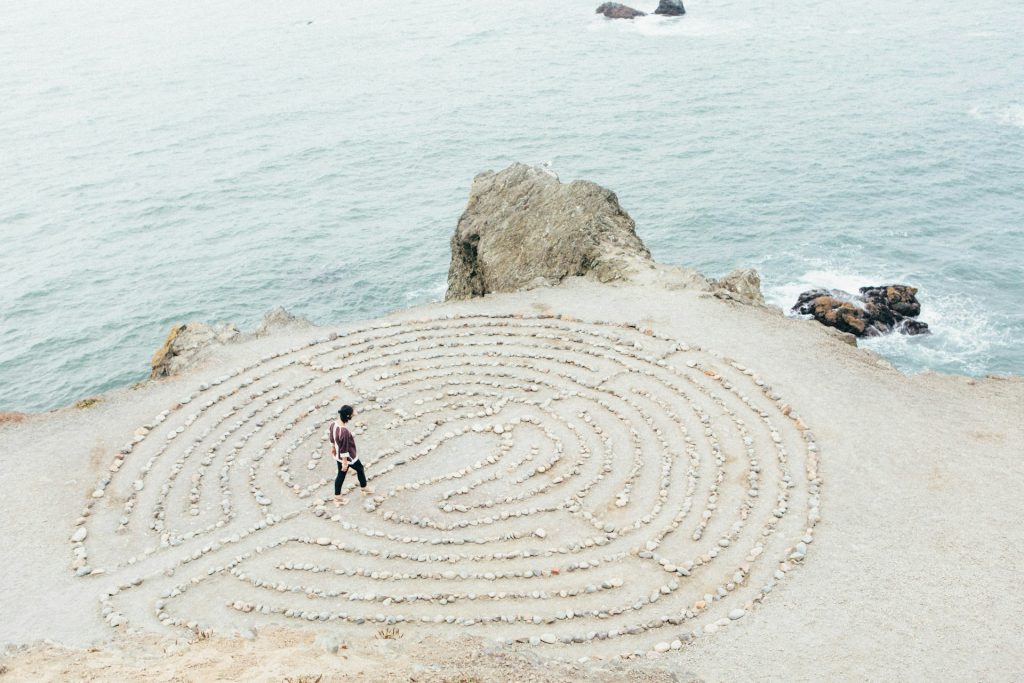
Shifting the private sector narrative: How companies embrace sustainability
Climate change poses an array of diverse challenges for the business world, yet within the corporate sphere, a plethora of climate solutions are available. Ione Anderson, architect solutionist and associate partner at Ernst & Young, and Solitaire Townsend, co-founder and chief solutionist at Futerra, examine the dynamic relationship between the private sector and climate change, highlighting the innovative and challenging approaches that businesses are undertaking for a green transition.

